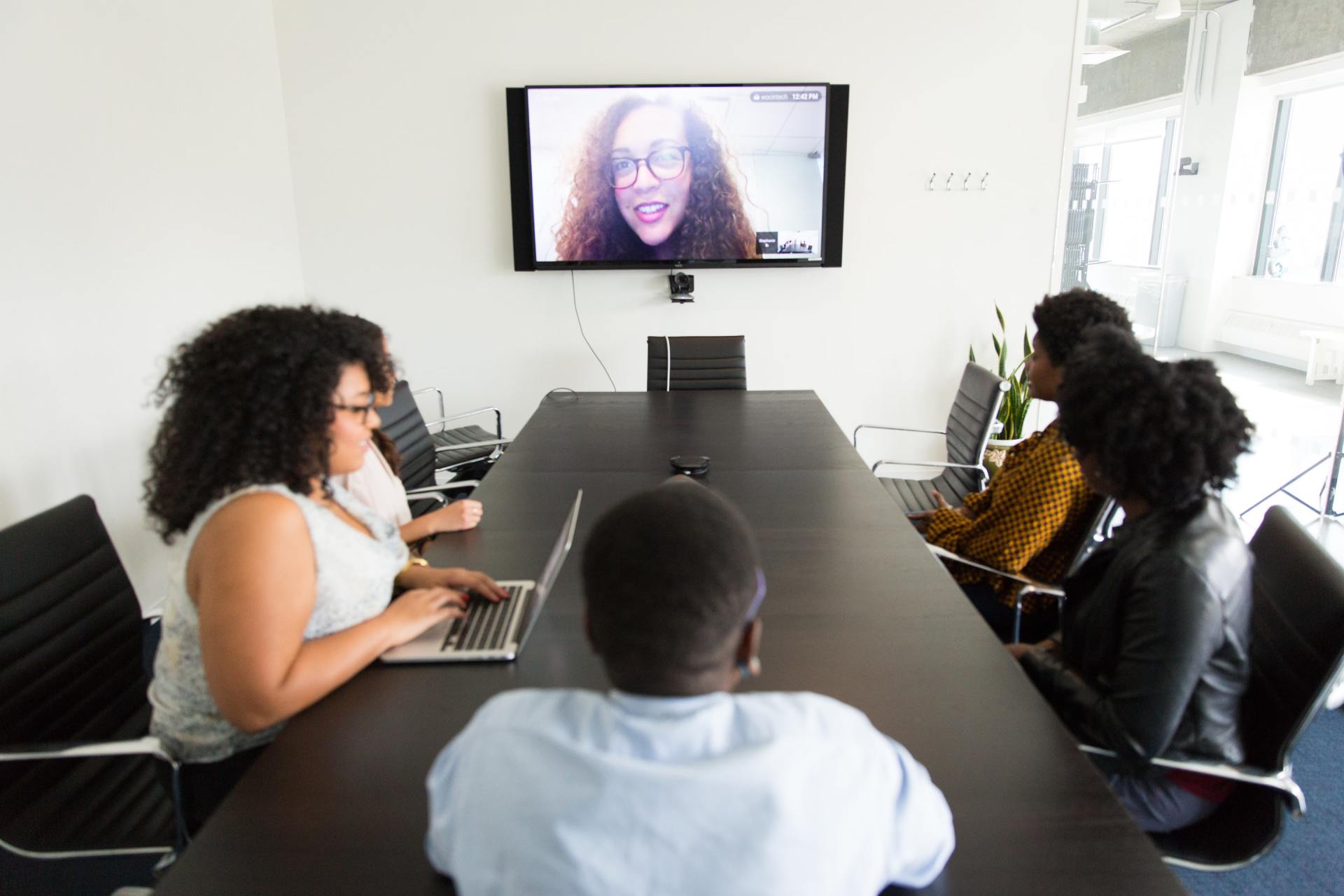-

ACCREDITED SOLICITOR AND BARRISTER MEDIATORS
EXPERIENCED IN RESOLVING CONSTRUCTION AND INSURANCE DISPUTES
Contact us -

DEDICATED MEDIATION FOR CONSTRUCTION SECTOR
PROFESSIONAL SERVICE TAILORED TO YOUR REQUIREMENTS
Contact Us -

FIXED-FEE MEDIATION TO SUIT YOU AND YOUR LOCATION
CENTRAL LONDON AND ACROSS ENGLAND AND WALES
Contact Us -

PROFESSIONAL AND CONFIDENTIAL ADMINISTRATION
PERSONAL ADMINISTRATION SERVICE
Contact Us
Mediation FOR Construction AND INSURANCE
ACCREDITED mediators
news

Zoom is a video conferencing service that enables mediation to take place despite participants being in different places. The Zoom website is a helpful place to start for getting to know how it works.
This guide provides some specific information on how mediations are conducted over Zoom. Should there be any queries or concerns not covered by this guide then please do not hesitate to ask your mediator who will be familiar with what follows, as well as being fully competent in the use of Zoom.

Disputes are not going away in lockdown and litigation preparation is not suspended. There is every reason to carry on mediating and our mediators are finding that using videoconference facilities, such as Zoom, is different but not necessarily any less effective than traditional face to face events.
In a recent mediation where 7 parties in separate locations were in the same Zoom conference, all the connections were good and stable. The body language of the parties could be read by our mediator and the parties could express their emotions.
In fact there were a number of advantages to remote mediation, which we think will lead parties to continue to use it post lockdown:
* Parties were able to join from their own offices. With effective management of the timetable by our mediator, they were able to get on with their other business in their moments of idleness.
* Zoom's breakout room facilities work just the same way for plenary and caucus sessions as do physical rooms.
* Documents can be shared and discussed on screen, which is easier than everyone physically huddling together round a drawing or other seemingly critical piece of paper. In fact such physical huddles may not be possible in future even after lockdown ends!
* Cost saving: the absence of travel time, accommodation and meeting facility costs as well as increased productivity during downtime means that the process is significantly cheaper for the parties.
* The dispute was complex and took steady effort for two weeks after the main day to get the parties to settlement. Because further meetings could easily be arranged by Zoom the momentum was not lost and the parties eventually reached settlement. The continuance by Zoom felt no different from the original mediation. The sense was that the mediation simply carried on until it reached its successful conclusion and made it more difficult to play the 'walk away' card.
* The necessary individual pre-mediation Zoom test calls provide a great opportunity for preliminary exploration of positions and interests. They also allowed our mediator to do some rigorous litigation risk assessment with each party before the mediation formally started.
* Use of WhatsApp messaging groups meant that parties were kept up to speed throughout about 'where' the mediator was and when they would next be required.

A practical guide to using mediation to avoid costly and lengthy construction disputes has won the prestigious Innovation Award at the 2018 South West Built Environment Awards.
The free guide was created as a result of bringing together a number of the UK’s leading law firms specialising in construction disputes, including BPL, Trowers & Hamlins, Michelmores and Ashfords.
Working together with Chris Reeves of BPL and founder of M4CI and pooling their construction sector dispute resolution experience, expertise and knowledge on mediation, these firms have co-authored a definitive guide that sets a new standard for how mediation can work.
“This Mediation Guide presents the combined advice and guidance of some of the UK’s leading law firms. It is a fantastic piece of innovation and could help save construction clients, contractors and their supply chain a significant amount of time and money by avoiding litigation and adjudication when it comes to disputes over projects”, said Christopher Reeves, a RICS-accredited mediator, solicitor and chartered builder, founder of Mediation for Construction (mediation4construction.com), and one of the Guide’s authors.
Mediation is a collaborative method of resolving disputes or differences. A key factor in mediation is that the process is entered into voluntarily and both parties agree to work with an independent and experienced mediator, who helps the parties to work out how to resolve the dispute.
Unlike litigation, adjudication and arbitration where a decision is imposed on the parties by the relevant tribunal, mediation firmly puts the decision-making power to resolve the dispute in the hands of the parties involved.
The Guide’s authors believe that mediations are likely to result in a settlement because of the mediation process. It is widely accepted that the success rate is well over 75%.
“We know that around 38 per cent of disputes are between subcontractors and their main contractors, and around 35 per cent are between employers and their main contractors. Taken together, these two categories account for over 70 per cent of all construction related disputes.
“Published research estimates the cost of construction disputes in the UK to be around twenty-six million pounds. That is a huge amount of money going to waste. We believe that mediation is a pathway that construction clients, contractors and their supply chains should sign up to. We hope this Mediation Guide will start conversations that mean less construction disputes end up in court, adjudication or arbitration”, said Alan Tate, Partner, Michelmores.
The Mediation Guide sets out a clear seven-stage process; from referral and agreement to mediate, through to final agreement of issues or a way forward. It allows all parties to preserve on-going working relationships and provides more flexibility than other pathways for dispute resolution, including taking issues to court. Uniquely the Guide contains a “toolbox” of documents that help to get the process underway and offers a model form of settlement agreement.
The Guide’s authors are Christopher Reeves, plus Chris Hoar - partner at Michelmores, Stephen Homer - partner at Ashfords, and Alan Tate - then partner at Trowers & Hamlin (now partner at Michelmores). The Guide has also received support from Bevan Brittan, Blake Morgan, Clarke Willmott, Foot Anstey, Osborne Clarke, Royds Withy King, Stephens Scown and Veale Wasborough Vizards.
The Guide was created following an initial collaboration between Christopher Reeves with Jackie Gregory-Stevens, who is Head of Commercial – Major Projects at Babcock International Group. Jackie shared her own research, including the published paper, “Mediation in construction disputes in England”. The project was then presented to Construction Excellence South West, who agreed to support the Guide.
Constructing Excellence South West supports and encourages the use of mediation as a process of resolving disputes.
The Guide was designed by Philip Jansseune, Creative Director at Walker/Jansseune.
The Mediation Guide can be downloaded here.
gOT A QUESTION FOR US?
Contact Us
We will get back to you as soon as possible.
Please try again later.
Sign up to our Newsletter
Winner of the Innovation Award - south west built environmental awards 2018













